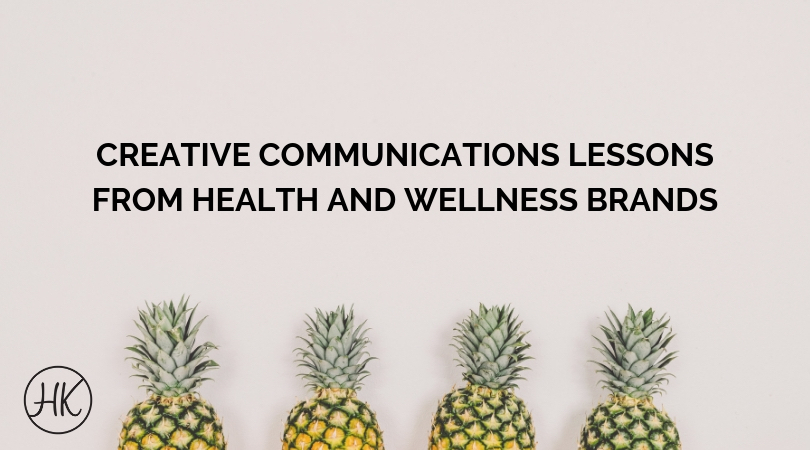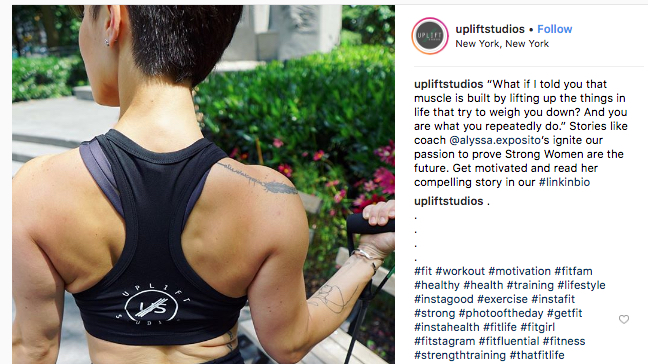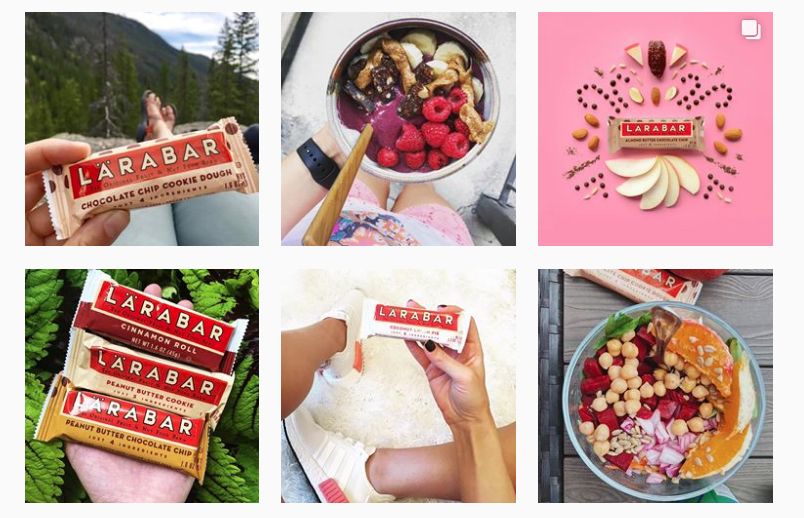
Look better. Be stronger. Get fit faster. Feel young again. Before and after.
These messages are tired and far from creative. Yet, health and wellness brands refuse to let them go. These communication approaches popup from healthcare companies, to athletic wear, to fitness apps.
When the masses are using the same communication strategies, it’s time to stop and pause.
Instead of following the herd to captivate and activate your audience you must flex your creative muscles.
The following examples focus on health and wellness brands, but the takeaways apply to any industry. Let’s dive in.
Unique Appeal: Uplift Studios goes beyond physique
Located in New York City, Uplift Studios is a fitness center opting for a unique appeal. Instead of promising stronger and slimmer bodies, it promises overall female empowerment. This message is so central to its mission that its Instagram feed could be easily confused as a purely feminist outlet. The posts that do feature fitness, are accompanied by captions that discuss inner strength, resilience, and collective power.
For example, an image of an instructor flexing is paired with, “‘What if I told you that muscle is built by lifting up the things in life that try to weigh you down? And you are what you repeatedly do.’ Stories like coach @alyssa.exposito’s ignite our passion to prove Strong Women are the future.”

Uplift Studios overall communication strategy is risky. On one hand, it could miss key audience segments who may think it is a feminist organization and miss the fitness aspect entirely.
Alternatively, by creatively weaving in messages of empowerment, Uplift is gaining national recognition and appealing to a market untapped and ignored by other studios.
Takeaway: Stop and pause. Where is your industry going? What can you learn from competitors? How can you use a different appeal to better reach your audience or a new audience entirely? What is your value proposition that makes you unique?
Positioning: Lärabar as a lifestyle brand
Since we’ve worked up an appetite, let’s consider nutrition companies. The U.S. snack bar market is estimated to be valued at 6.8 billion by 2023. So, it’s safe to say that communications based on flavor and ingredients alone isn’t going to cut the mustard.
Lärabar, a snack bar company, has successfully positioned itself as a lifestyle brand. Don’t believe me? Check out the Lärabar Instagram account.

The majority of posts feature user-generated content. And these aren’t just smiling customers with Lärabars in hand. These pictures feature artfully crafted breakfast bowls, sweeping landscapes, and trendy apparel.
By positioning its products as a lifestyle extension, Lärabar opens up new ways to connect with consumers and encourage user-generated content.
Takeaway: When approaching your communication strategy, go beyond explaining product or service attributes. How does your offering fit into the life of your target audience? How can you position yourself in a way that makes your key publics want to share their interaction and experience with others?
Storytelling: The Mayo Clinic simplifies and captivates
Now let’s turn to a more regulated industry—healthcare.
The Mayo Clinic is known for being an innovative medical care and research center, and it carries this reputation into its communications department. By sharing captivating patient stories it works to simplify the world of healthcare and motivate people to change behaviors or take action.
To tell these stories, the Mayo Clinic is not averse to using platforms such as Buzzfeed, Vice, and Periscope. In fact, during Colon Cancer Awareness month in 2016, they live streamed a colonoscopy on Periscope accompanied by the hashtag #ScopeScope.
The Mayo Clinic has even put the power of storytelling into the hands of its patients through Mayo Clinic Connect. The online community encourages patients and caregivers to share their experiences and become Mayo Clinic Champions.
It has proven that creative communications are possible even in a highly regulated industry.
Takeaway: Push back when you hear “we can’t do that here.” You most likely can; you just need to find a way around barriers and set up systems that help you share your organization’s story. If a national medical center can do it without violating HIPPA, you certainly can.
Push boundaries to get creative with your communications
While these examples are focused on health and wellness brands, the lessons can be applied to any industry. In fact, looking outside your product, service, and industry can help stoke your creativity.
Consider how you could infuse alternative communication strategies into your own efforts.
Be inspired by others. Challenge yourself and your team to go beyond the expected. Take a risk by trying a new appeal. Dare to position your organization differently. Boldly share the stories that have been overlooked.
Like anything, the effort you put in is equal to your return.
This post originally appeared on Shonali Burke’s blog.
Photo by Pineapple Supply Co. on Unsplash.


